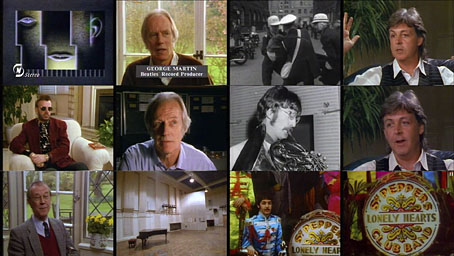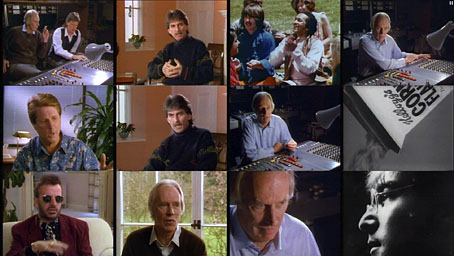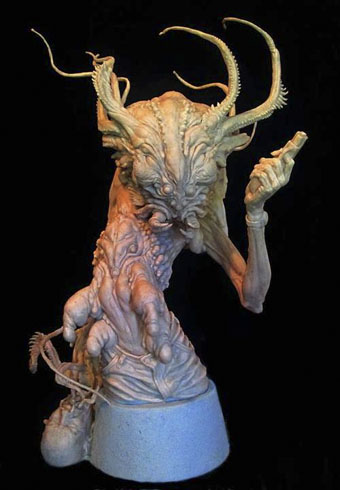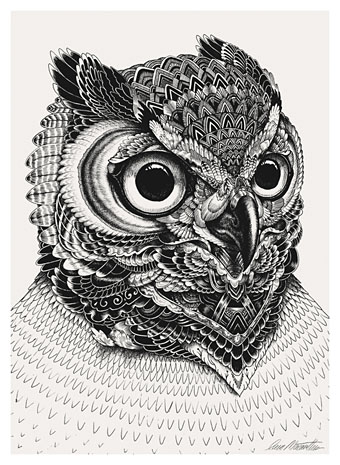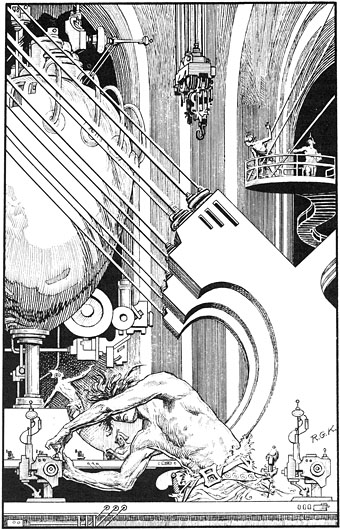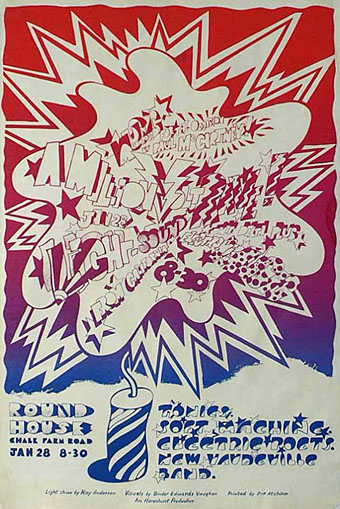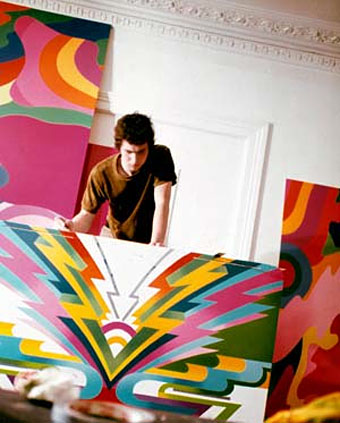Here come the anniversaries again, driven by nostalgia and the imperatives of corporations to flog you another version of that thing you already own. Anniversaryism grew out of the CD reissue boom, with one of the first significant incidents being the debut release on CD of The Beatles’ Sgt Pepper album in 1987. This week you can walk into a shop and buy the album yet again in a variety of formats, the 50th anniversary now coinciding happily for legions of accountants with the current boom in overpriced vinyl.
This post is complicit, of course, just as Frank Zappa and The Mothers Of Invention were complicit in reinforcing Sgt Pepper‘s status as a cultural monument even while carping at it; satirists always end up attached to what they attack. The latest round of retrospective attention had me wondering whether Alan Benson’s excellent South Bank Show documentary about the making of the album was on YouTube. It isn’t (but it is available elsewhere), probably because there’s a documentary in the new Sgt Pepper box set that seems to be the same film. The South Bank Show documentary was broadcast in the UK in 1992 for another anniversary, the year being the 25th since the album’s release. This is one of those television productions crafted to deliver maximum content with a minimum of fuss, so there’s no hyperactive editing, and no pointless Reactions To The Great Work from minor pop celebrities. Paul McCartney, George Harrison and Ringo Starr are all present to discuss the creation of the music, from the first song of the sessions, Strawberry Fields Forever, through to A Day In The Life. In the film’s real coup, George Martin sits at a mixing desk in the Abbey Road studio pulling faders up and down to show how the songs were pieced together; he also explains how some of the album’s more unusual effects were produced. The film runs just under 50 minutes, and it’s notable that nearly all the songs being discussed are by John Lennon even though this is an album dominated by Paul McCartney’s voice, and the initial concept was McCartney’s. Watch it here.
Previously on { feuilleton }
• Lyrical Substance Deliberated
• The Fool album covers
• The Sea of Monsters
• Tomorrow Never Knows
• Yellow Submarine comic books
• A splendid time is guaranteed for all
• Heinz Edelmann
• Please Mr. Postman
• All you need is…

